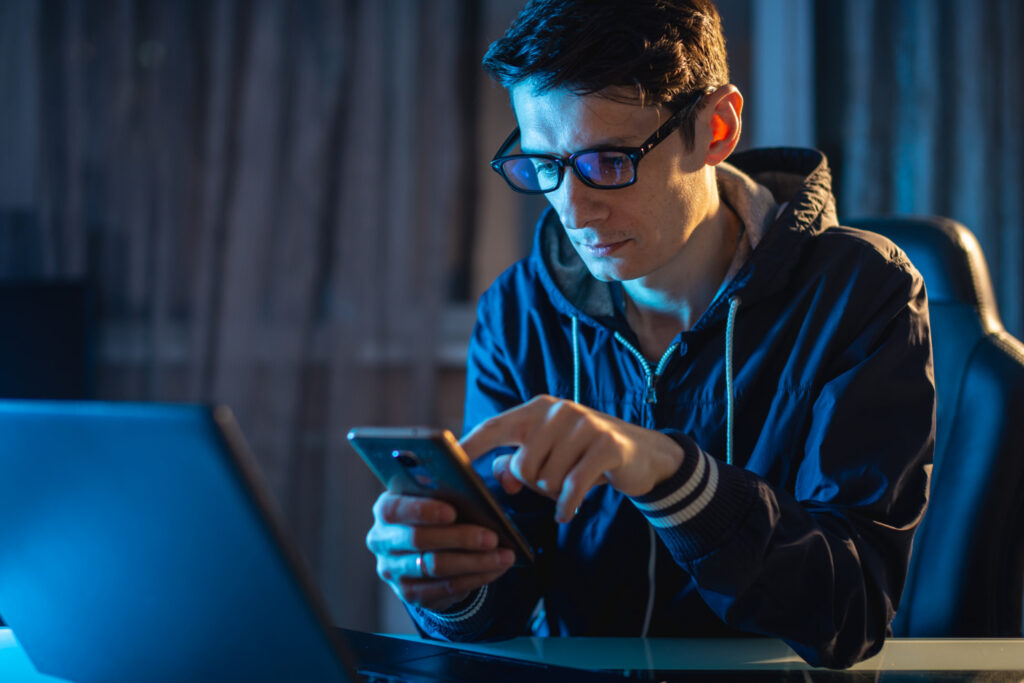Constant screen time can take a serious toll on your mental health, productivity, and physical wellbeing. From eye strain and headaches to fragmented focus and increased stress, overuse of smartphones and apps can leave you feeling perpetually drained. Fortunately, a few simple lifehacks—built right into your phone or enabled through free apps—can enforce regular screen breaks, limit digital distractions, and help you reclaim control over your attention. In this guide, you’ll learn how to schedule app restrictions, set up automated focus sessions, and leverage widgets and shortcuts to make healthy screen habits effortless.
Understanding the Importance of Screen Breaks

Extended screen sessions often lead to digital fatigue: blurred vision, dry eyes, and neck stiffness are just the beginning. Mentally, continuous notifications and multitasking fragment concentration, making it harder to enter a state of deep focus. Breaks not only rest your eyes but also reset your attention span, allowing you to return to tasks with renewed clarity. Research shows that following a 20-20-20 rule—looking 20 feet away for 20 seconds every 20 minutes—reduces eye strain, while short mental pauses improve memory consolidation and mood. Recognizing these benefits is the first step: by treating screen breaks as essential micro-workouts for your brain and body, you’ll be motivated to bake them into your daily routine.
Scheduling App Restrictions Automatically
Modern smartphones include built-in tools for limiting your time on distracting apps. On iOS, Screen Time lets you set daily limits for social media, games, or any category; when your allowance runs out, the app icon greys out and prompts you to take a break. Android’s Digital Wellbeing offers similar functionality, with an optional “Wind Down” mode that fades your screen to grayscale and silences notifications at bedtime. For more granular control, third-party apps like StayFree and Forest allow you to blacklist specific apps during chosen hours—say, blocking social feeds from 9 AM to 5 PM—or reward you for staying off your phone. By automating these restrictions, you won’t need to rely on willpower alone; your phone does the heavy lifting to enforce healthy boundaries.
Implementing Focus Sessions and Pomodoro Techniques
The Pomodoro Technique—working for 25 minutes and then taking a 5-minute break—combines perfectly with digital wellbeing tools. Apps such as Focus To-Do and Tide integrate timers, ambient soundscapes, and break notifications to keep you on track. You can even link these timers to your Screen Time or Digital Wellbeing settings: when a Pomodoro session ends, your phone reminds you to step away for a quick walk, stretch, or eye-relaxation exercise. Some automation apps like iOS Shortcuts or Android’s Tasker let you trigger Do Not Disturb, disable email alerts, and launch your timer with a single tap or voice command. These lifehacks make focus sessions seamless, so you build uninterrupted work intervals followed by restorative pauses—without manually flipping settings each time.
Leveraging Widgets and Home-Screen Shortcuts
One of the easiest ways to reinforce break habits is to put them front and center—literally. On both iOS and Android, you can add widgets that start timers, toggle app limits, or display countdowns to your next break, right on your home screen. For iOS, use the Screen Time widget to view your usage at a glance and tap through to adjust limits. Android’s Digital Wellbeing widget can launch Wind Down instantly. With Tasker or Siri Shortcuts, you can create custom icons that run multi-step automations: one tap could disable social apps, start a focus timer, and play relaxing music. By transforming break routines into a single gesture, you remove friction and ensure you actually take them.
Advanced Customization for Sustainable Habits

To make screen breaks stick, personalize your rules according to your lifestyle. Schedule stricter limits on weekends or evenings, when you’re prone to endless scrolling, and relax them during work hours if you need reference apps. Use geofencing automation: for instance, when you arrive at the gym, your phone could automatically mute notifications and start a rest-timer. Combine wellbeing tools with calendar events—your phone can prompt a screen break immediately after a long meeting ends. Periodically review your Screen Time or Digital Wellbeing reports to identify trends, then adjust your lifehacks to target the biggest distractors. By tailoring these strategies to your unique patterns, you’ll build sustainable, healthy screen-use habits that support mental clarity, productivity, and overall wellbeing.

Leave a Reply